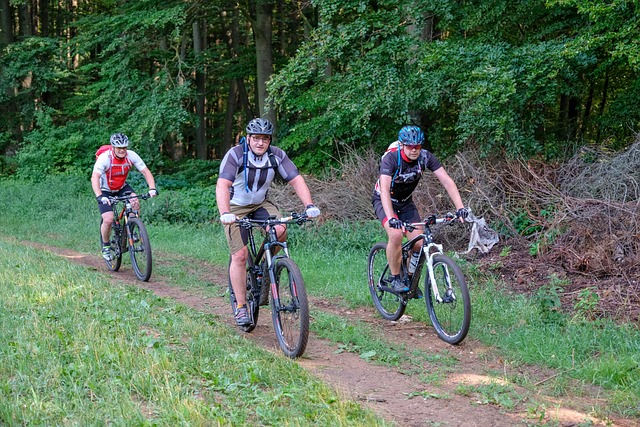Mountain biking isn’t just a sport; it’s a thrilling escape into nature, offering exercise, adventure, and a break from the ordinary. Whether you live near mountains or not, the world of mountain biking welcomes you to explore dirt roads, scenic trails, and rugged terrains. In this guide, we’ll delve into the basics to prepare you for your first ride, covering different styles of mountain biking, selecting the right bike, where to ride, what to wear, and essential gear.
Mountain Biking Styles
Mountain biking comes in various styles, each catering to different preferences and terrains. Understanding these styles will help you choose the right bike for your adventure:
- Trail Mountain Biking: Ideal for a mix of climbs and descents, focusing on fun, efficiency, and overall weight balance.
- Cross-Country Mountain Biking: Known for speed and climbing prowess, suitable for longer endurance rides and competitive endeavors.
- All-Mountain/Enduro Mountain Biking: Combining uphill climbs with thrilling descents, designed for versatility on challenging terrains.
- Downhill/Park Mountain Biking: Perfect for lift-serviced parks, featuring big bikes, full-face helmets, and conquering jumps and obstacles.
- Fat-Tire Biking: With oversized tires, these bikes handle rough terrain well, making them forgiving for beginners.
Choosing the Right Mountain Bike
Before making a significant investment, consider renting or test-riding bikes. Understand the key features that determine your bike’s capability:
- Suspension Type:
- Rigid Mountain Bikes: Simple and easy to maintain, suitable for less technical terrains.
- Hardtail Mountain Bikes: Front suspension for impact absorption, ideal for various trails.
- Full-Suspension Mountain Bikes: Absorb impacts for a comfortable ride, great for challenging terrains.
- Wheel Size:
- 26 in., 27.5 in. (650b), 27.5+ in., 29ers: Each offers different advantages, so choose based on your preferences and the terrain.
Where to Ride Your Mountain Bike
Discovering the right trails enhances your mountain biking experience. Look for mountain-bike-specific trails marked by skill level, such as beginner, intermediate, expert, or double expert. Joining local mountain bike clubs provides valuable insights into trail maintenance and difficulty ratings.
What to Wear Mountain Biking
Appropriate clothing enhances your comfort and protection. Consider the following essentials:
- Mountain Bike Shorts: Choose based on your style, with padded chamois for comfort and protection.
- Mountain Bike Jerseys and Shirts: Opt for moisture-wicking and quick-drying fabrics suitable for your riding style.
- Mountain Bike Gloves: Maintain grip, reduce friction, and add hand protection during rides.
Mountain Bike Gear and Accessories
Investing in the right gear ensures a safe and enjoyable ride:
- Mountain Bike Helmets: Prioritize coverage and protection, and consider full-face helmets for downhill riding.
- Mountain Bike Shoes and Pedals: Select the right shoe/pedal combination based on your comfort level and riding style.
- Hydration Packs: Stay hydrated with convenient packs offering storage for essentials during your ride.
- Mountain Bike Repair Kit Essentials: Be prepared with spare tubes, a pump, multitool, and other essentials for on-the-go repairs.
Embark on your mountain biking journey with confidence, armed with the knowledge to choose the right bike, explore thrilling trails, and enjoy the ride to the fullest. Ready to unleash your adventure? Take the first step into the world of mountain biking.
